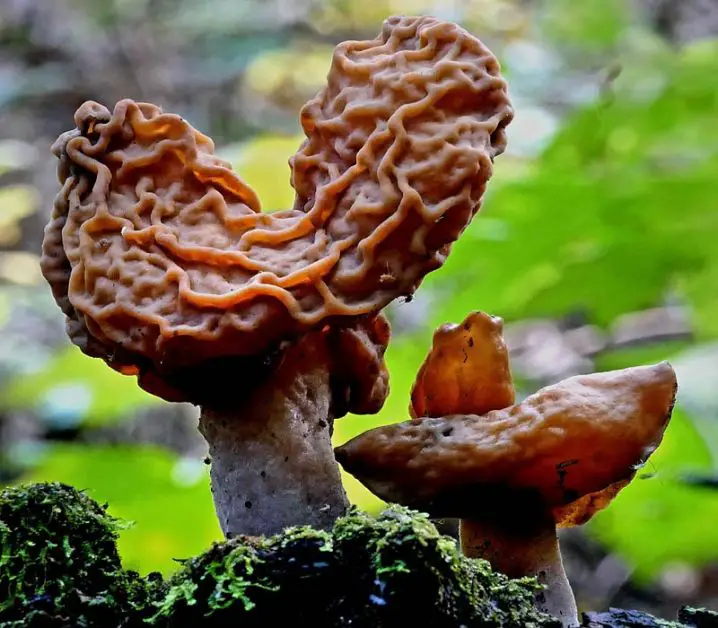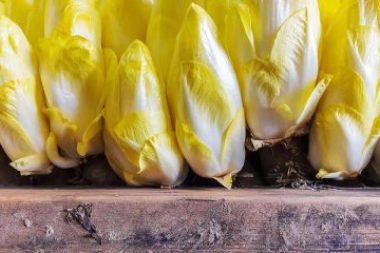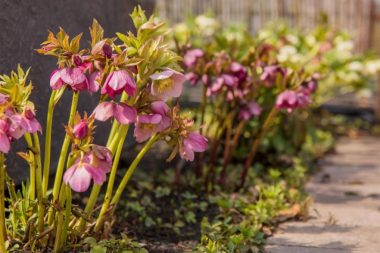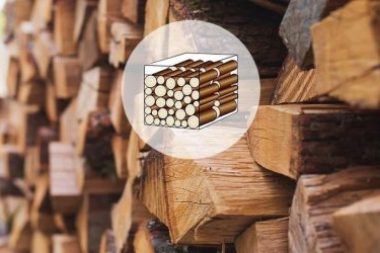What could be more pleasant than a walk in the woods in search of some mushrooms! However, when it comes to mushroom picking, caution is necessary. Indeed, despite their friendly appearance, some can be toxic or even deadly. Learn to recognize the 5 most toxic ones (knowing that the list is not exhaustive!).
Table of Contents
Contents
The Amanita Family
This is one of the most dangerous mushroom families because 6 species are deadly. Amanitas can be recognized by 3 common characteristics:
- A ring on the stem
- A volva (enveloping membrane) at the base of the stem
- White gills, fairly close and free

Among the most toxic ones, we can mention the death cap with its greenish cap, sometimes yellowish, with a mottled or streaked green stem. It often grows in deciduous forests, in September or October.
The destroying angel is completely white with a very thin ring and a fuzzy stem.
It can be found in deciduous woods between August and October. The springtime amanita has a pale yellowish cap and a white stem.
The fly agaric with its bright red cap speckled with white warts, the panther amanita (brown cap covered with white warts), and the yellow amanita with its light yellow cap have varying levels of toxicity.
Nevertheless, they should be avoided and never picked.

The Cortinarius Mushrooms
The Cortinarius orellanus (webcap) is certainly the most toxic, but the Cortinarius splendens (splendid webcap) and the Cortinarius speciosissimus (very beautiful webcap) are also deadly.

- The first one is distinguished by its conical cap, reddish to tawny, with cinnamon gills and a twisted stem.
- The second one has a brighter yellow cap with an orange center, and the third one is orange-brown to ochre.
- Why should you not cut cep mushrooms with a knife?
- A toxic mushroom causing cases of Charcot’s disease
The Deadly Galerina
Galerina marginata is a small mushroom with a cap colored yellow, orange, and brown, ranging from reddish-brown to tawny.
It has a shiny and smooth appearance. The stem has a paler color and a very thin ring.
It mainly grows on tree stumps, from July to November.
The False Morel Gyromitra
Also known as the delicious gyromitra, Gyromitra esculenta closely resembles a (false) morel. Hence its increased danger!

It can be recognized by its lobed cap, resembling a brain, brown in color, and its almost non-existent stem. It is found in coniferous forests with acidic soil.
Variously toxic, it can also be edible but with many precautions. It is best to abstain.
Some Varieties of Lepiota Mushrooms
Some lepiotas are edible (parasol mushrooms) and even delicious, while others are deadly. Among the most toxic ones are the Lepiota brunneoincarnata (flesh-colored lepiota) and the Lepiota subincarnata syn. Josserandii (Josserand’s lepiota). Both can be found in meadows, lawns, and even gardens or parks.

They can be identified by their small size (less than 10 cm), the presence of a ring, the absence of a volva, and a cap that is more or less scaly and of a different color.
There is also the poisonous lepiota (Chlorophyllum brunneum) of the same size as the parasol mushroom, which often grows on manure or compost piles. It can be distinguished from the parasol mushroom by a simple ring.
- Why do mushrooms grow in my garden?
- Treating the vegetable garden against mushrooms and mold
- What is mycorrhiza exactly?









